By adding primordial magnetic fields to the Standard Model, researchers may solve the mystery of the Universe’s expansion.
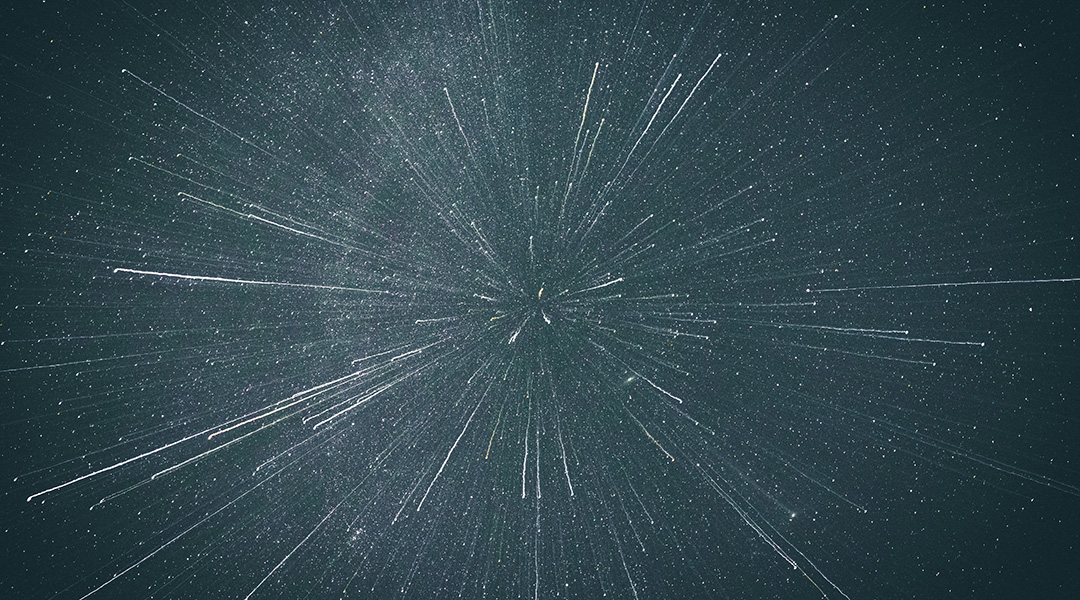

By adding primordial magnetic fields to the Standard Model, researchers may solve the mystery of the Universe’s expansion.
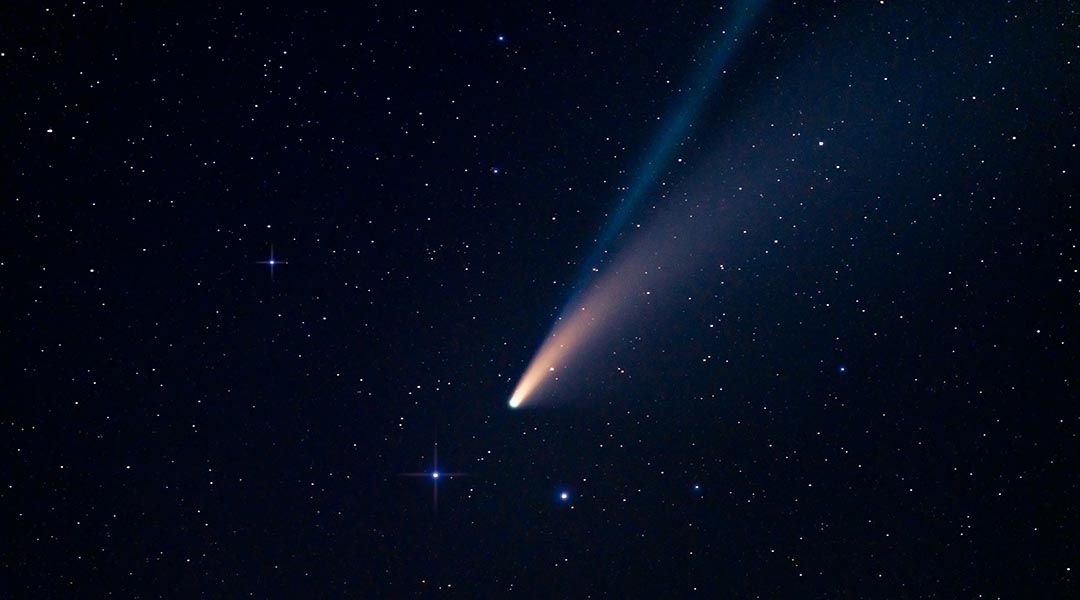
Astronomers capture images of a four billion-year-old relic that fell from the theorized Oort Cloud that encircles our Solar System.
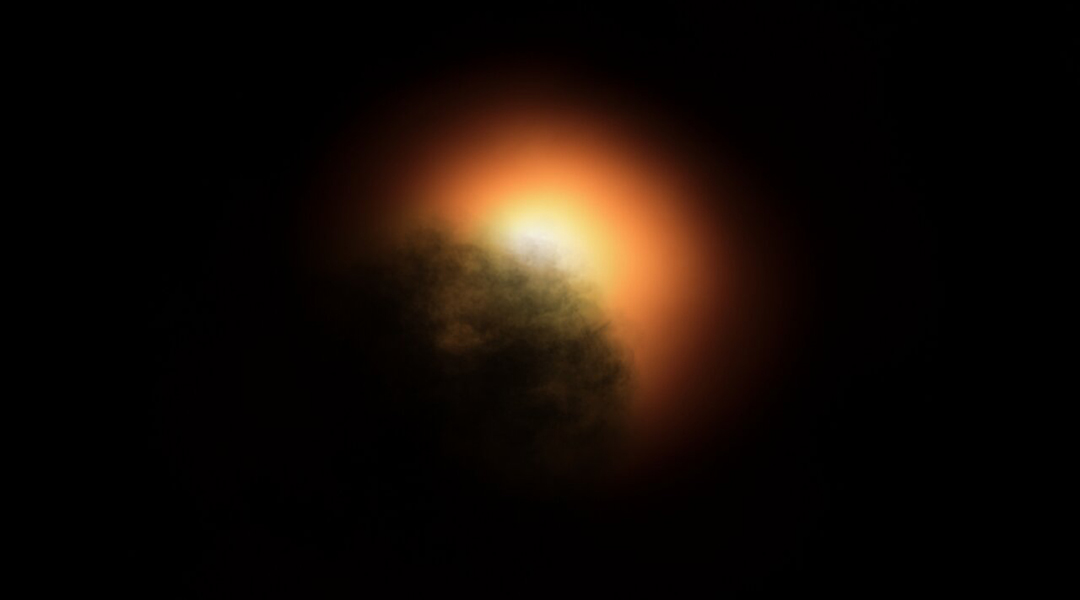
New observations suggest that the unexpected dimming of the supergiant star was most likely caused by a dust cloud that blocked starlight coming from the star’s surface.
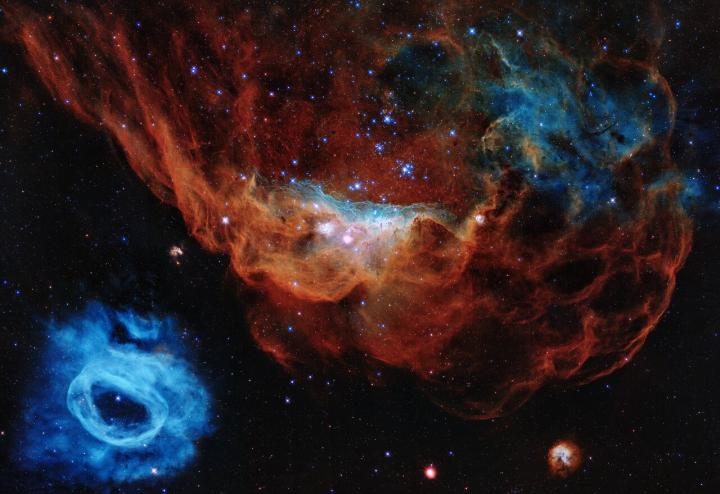
This year marks the 30th anniversary of the Hubble Space Telescope, which has opened a new eye onto the cosmos and has been transformative for our civilization.
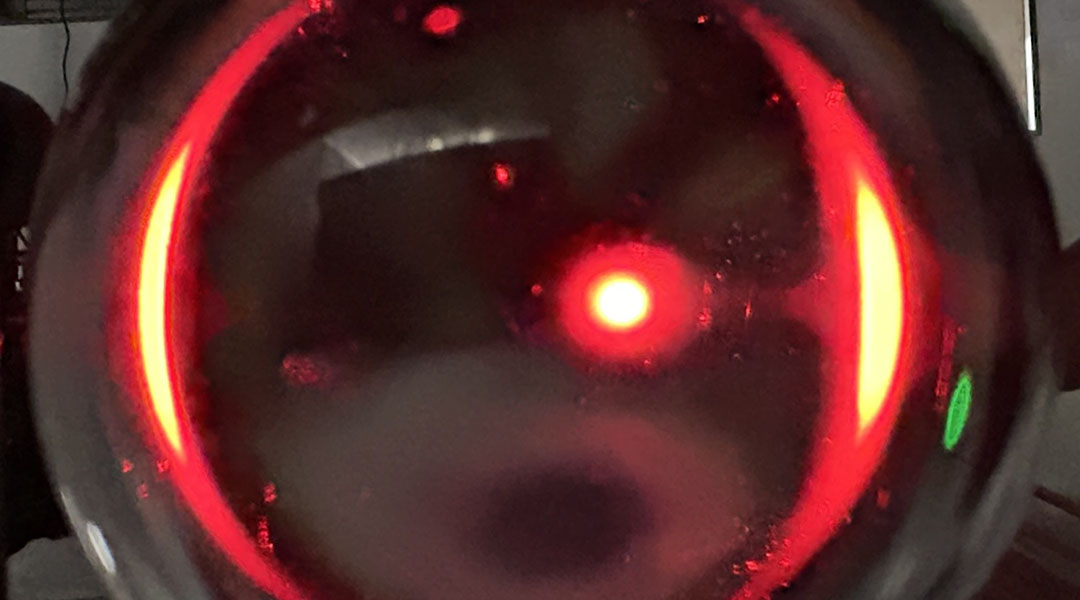
Lenses help researchers mimic the way massive cosmic objects bend light—bringing the elusive effects of gravitational lensing to Earth.
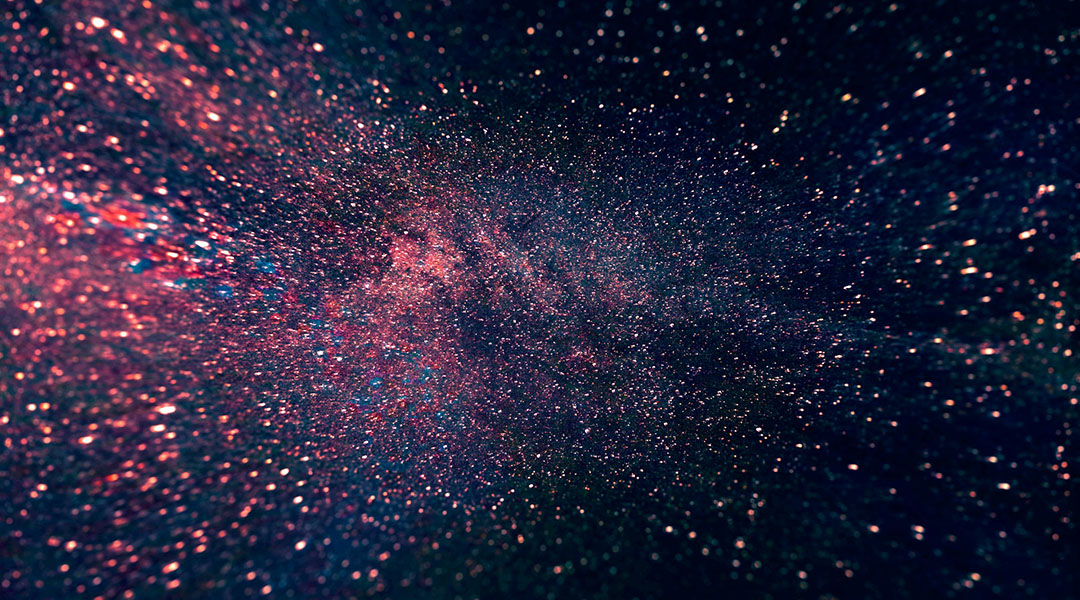
String theory could reshape our understanding of the Universe’s accelerating expansion and unlock the mysteries of dark energy.
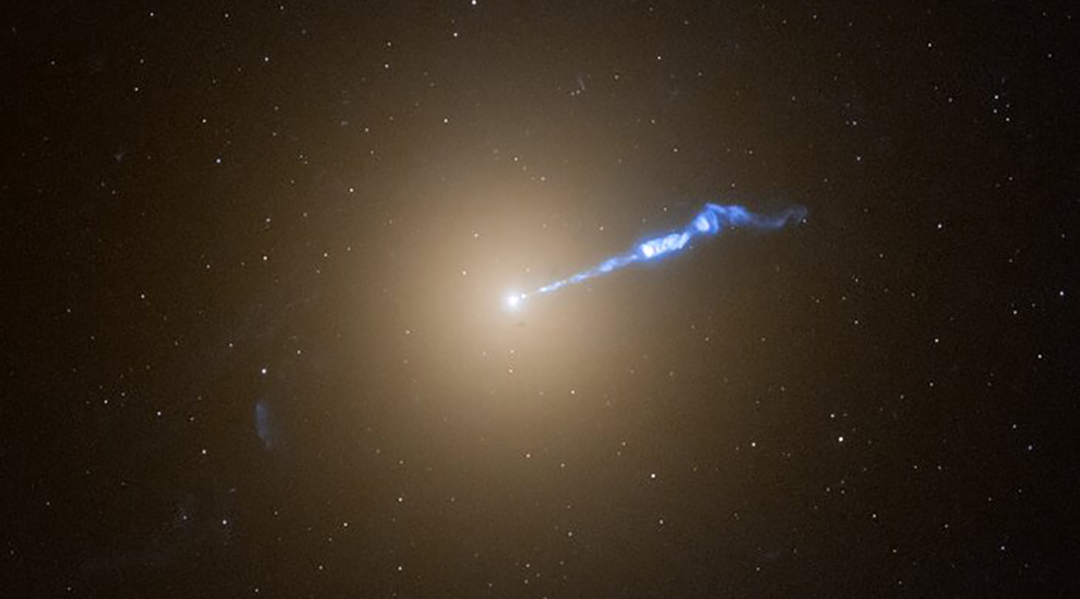
Using the Hubble Space Telescope, astronomers discovered the jet from a black hole, triggering nova explosions along its path.
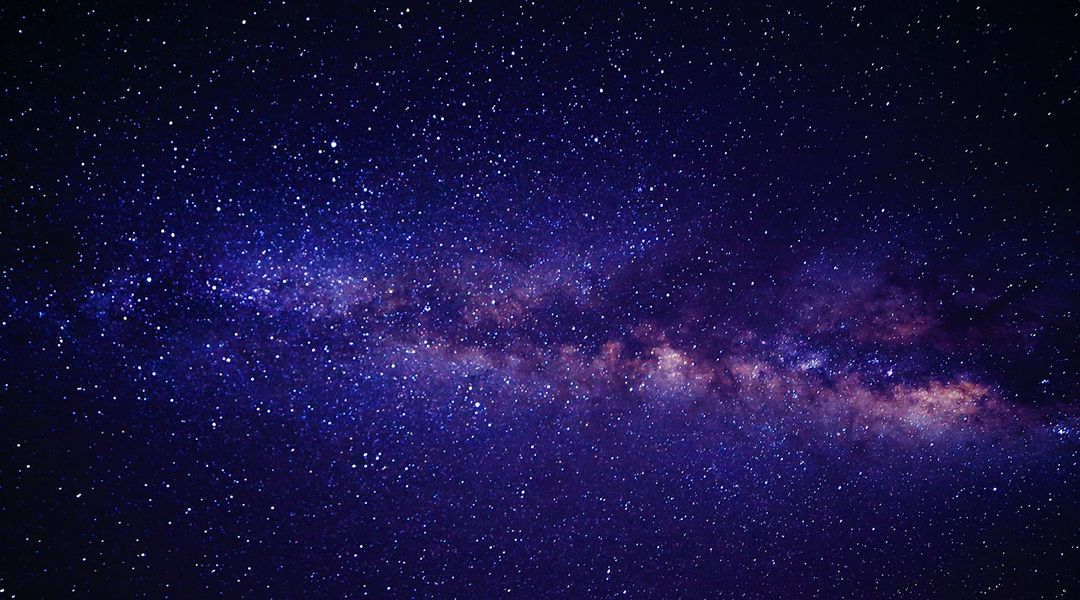
New research on dwarf galaxies challenges the idea that dark matter is collisionless, suggesting it may interact in unexpected ways
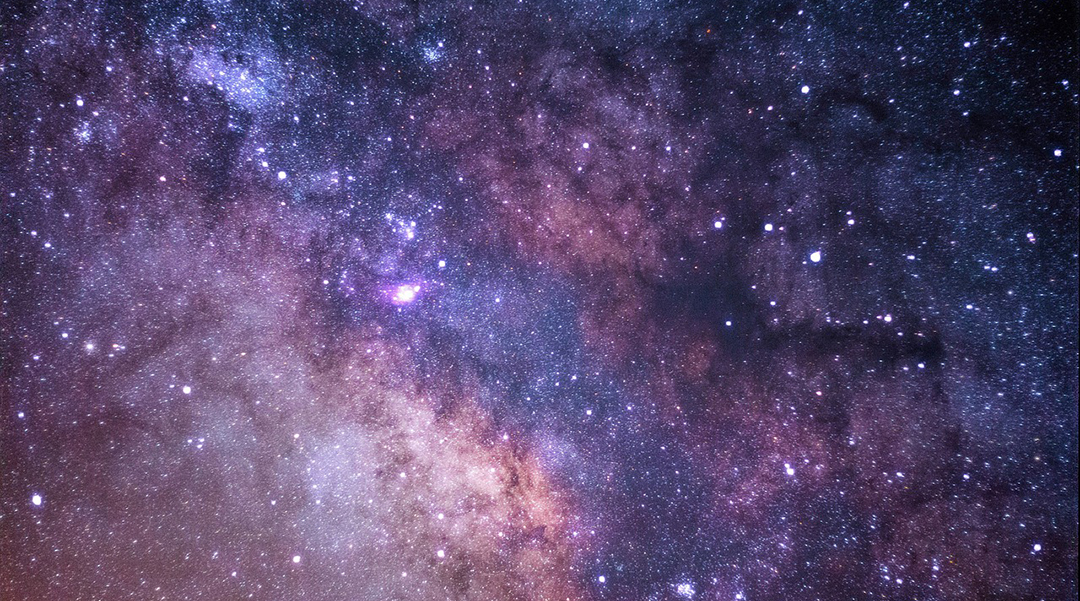
Hubble’s deep near-infrared campaign reveals more supermassive black holes in the early universe than previously expected.

The Hubble Space Telescope saw massive cyclones, storms, and weather chaos in the changing atmosphere of WASP-121b, a planet so hot it rains iron, sapphires, and rubies.